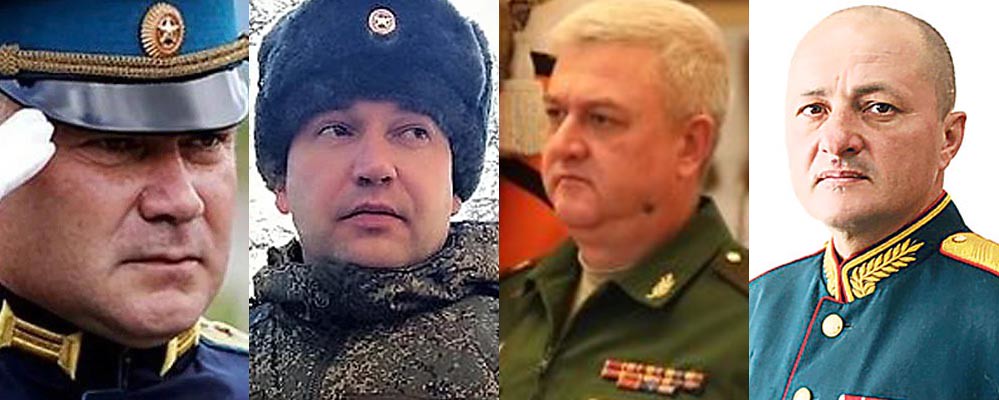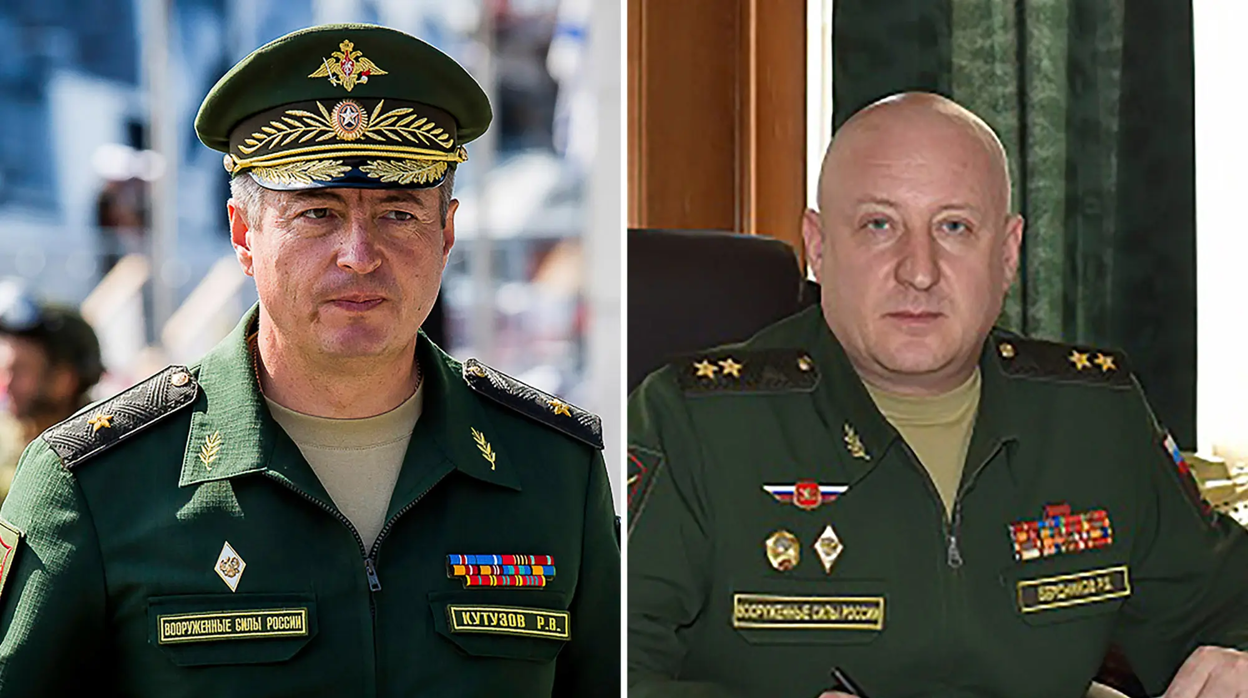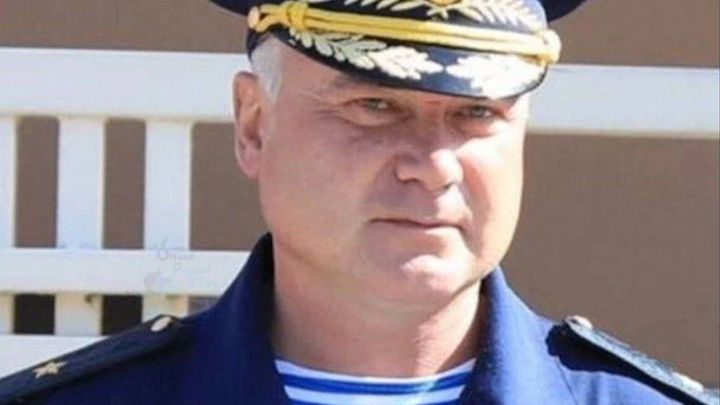(FINAL)
Collateral consequences of Russia’s terrible military operations.
The poor performance of the Red Army in this winter war or Talvisota, transmitted to the whole World a very bad image of the «Red Army of Workers and Peasants».
And this decisively influenced the ideas of Hitler and the OberKommando der Wehrmatch and other German marshals and generals. As for the chances of invading and liquidating the USSR in a relatively quick summer campaign of a few months, in less than a year.

Fifteen months later, the Germans would find out how adventurous and wrong their initial assumptions about the Red Army were.
At the beginning of the German invasion of Russia on June 22, 1941, Colonel General Frank Halder, head of the OberKommando der Heer (the German Army), grimly confessed in his diary on August 11: “We had estimated that they had about 200 divisions. and we have already identified 360.” «We destroy a dozen and, right away,» they put another dozen in their place.»
Behind the Red Army, in its very marrow, were the capabilities, the stoicism and the endurance of the Soviet people. That he was threatened with annihilation by the anti-Slavic extermination practices of the SS and the Gehime Statz Policei (Gestapo).
The Postwar.
In World War II, Finland was not “liberated”, nor was it occupied by the Soviet Army (it had already changed its name).

But, it was denazified and neutralized. Do the terms sound familiar to you? I mean, it was Finnish. And, he had to adjust to a harsh asymmetrical neutrality, favorable to the Soviets. Even their post-conflict assault rifles (M-1960 and M-1962) are authorized copies of the Soviet AK-47, but without wood in their structure.
What would the social political experiment be like that, when Finland has seen Ukraine’s beards shaved, has put its own to soak.
The Neutrality of Sweden.
At the beginning of World War II, Sweden became a supplier of iron ore for the Third Reich. Except for the coldest months of the year, the raw ore was shipped to Germany at the port of Lulea in southern Sweden. Where Royal Navy ships dared not approach and transport was quite safe.
Thanks to this provision for its trade with Germany, Sweden was not invaded by the Wehrmatch. By contrast, Norway was very ambivalent. On the one hand, she put a part of her fleet at the disposal of Great Britain. And, on the other, she assured the German Government that he could dispose of the ice-free port of Narvik in winter, and of Norwegian territorial waters for the transport of Swedish iron ore to German soil.
All this about the Swedish iron route motivated Great Britain to consider occupying the ports of Lulea and Narvik, to cut it off.

The Germans then launched a withering offensive against Norway and on July 10, 1940 they occupied Narvik and soon controlled the entire Norwegian coast.
Sweden, on the other hand, was able to continue to be independent and neutral. In this sense, the Soviet Government already stated on April 13, 1940 that the USSR wanted to maintain Sweden’s neutral status.
With the occupation of Denmark and Norway, Germany had control of the North Atlantic in its hands. Necessary to have other locations for air and naval bases in his war with Great Britain. The Norwegian fjords were excellent havens for the German submarine fleet operating in that part of the Atlantic.

After the end of the World War, Sweden simply maintained its international status. Taking, of course, good note that, as Churchill announced, «in Eastern Europe an immense Iron Curtain had been lowered.»
Sweden, unlike the more recently neutral Finland, has a long tradition of rights, neutrality and liberality. Since the Congress of Vienna in 1815, after the Napoleonic Wars, Sweden has not participated in any of the frequent wars in the Territory of Europe. And in her idiosyncrasy those mentioned qualities are already engraved.
Sweden has twice the population of Finland, at a ratio of 10 to 5 million. But, this one has 1300 km of border with Russia and Sweden, neither.
Since the World War, Swedish society has developed towards a very open, guaranteeing and permissive social democracy. Many modern social trends had their European focus in Sweden.

But, at the end of this historical journey, the Ruscist Bear (contraction of Russia and fascist) began to show signs in Georgia, South Ossetia, Ukraine and in the expressions of its political, social and international thought, of wanting to correct the already historical tendency of «democracy and freedom for Eastern Europe«. «The greatest misfortune of the 20th century was the disappearance of the Soviet Union» is the brilliant-cut diamond of those expressions.
And, Sweden remembered its distant past of wars with Russia.
And, she sought refuge and protection for her sovereignty and freedom by other terrestrial meridians further to the West. In the heart of free and democratic Europe and in the USA, the other vibrant pole of the so-called Western Civilization.
Specifying everything in the accession of Sweden to the North Atlantic Treaty Organization.
The End.








